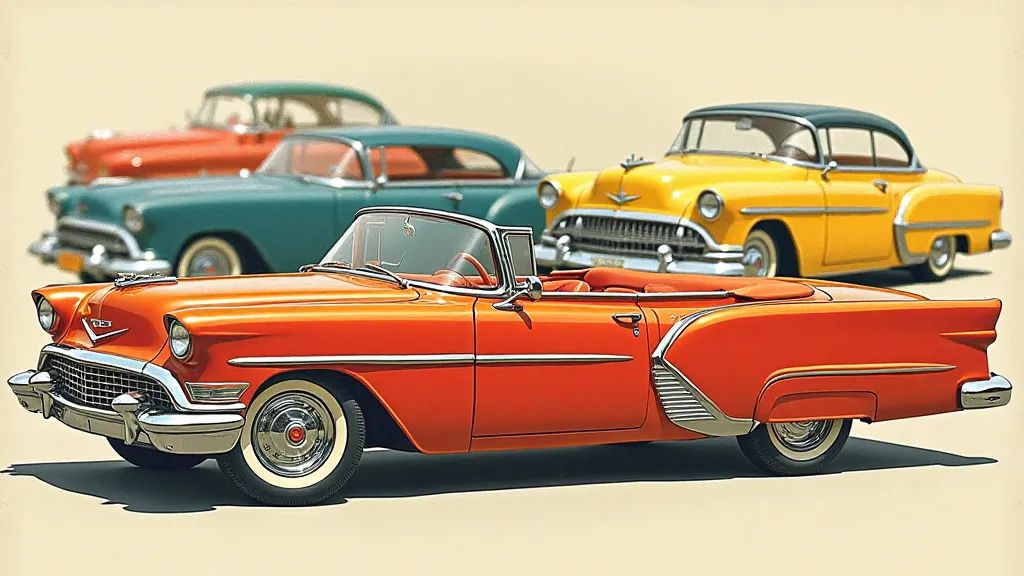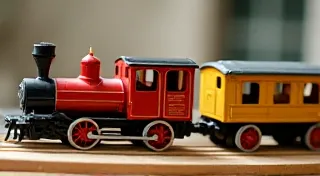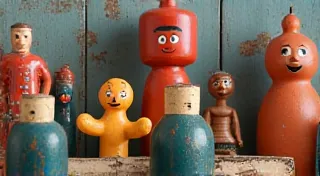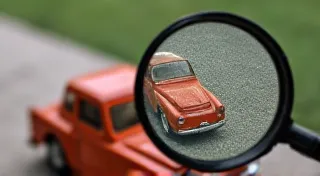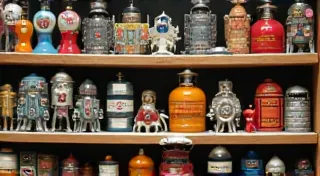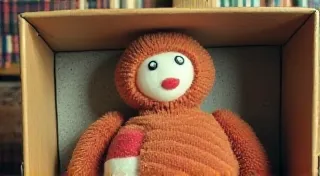A Collector's Guide to Vintage Model Cars
The allure of vintage model cars is undeniable. They represent more than just miniature replicas; they’re tangible pieces of history, sparking nostalgia for a bygone era of automotive design and a simpler time. For collectors, these diminutive treasures offer a fascinating hobby, a connection to the past, and the potential for valuable acquisitions. This guide will delve into the world of vintage model car collecting, covering the history, popular brands, identifying valuable pieces, and offering tips for both novice and experienced enthusiasts. Let's explore this captivating realm of retro automotive memorabilia.
A Brief History of Vintage Model Cars
The concept of miniature model cars emerged in the late 19th century, initially as promotional items for car manufacturers. Early examples were often crude, handmade, and served as advertising novelties rather than detailed replicas. The true rise of the hobby began in the 1930s with the introduction of die-cast metal models. These early die-cast cars, often made of zinc alloy, marked a significant leap in quality and accuracy.
World War II drastically impacted production, but the post-war boom saw an explosion of creativity and innovation. The 1950s and 60s are widely considered the golden age of vintage model cars, with manufacturers striving for increasingly detailed and realistic designs. This era saw the emergence of iconic brands and models that remain highly sought after by collectors today.
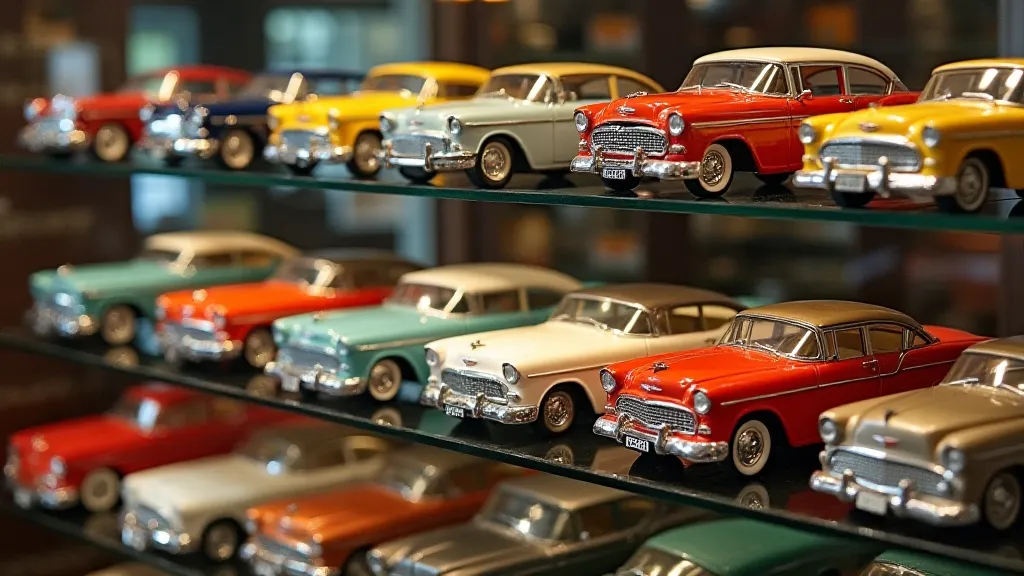
Popular Vintage Model Car Brands
Several brands dominate the vintage model car collecting world. Understanding their history and identifying characteristics is crucial for any serious enthusiast:
- Marx: Marx was a prolific producer of affordable, often colorful, tinplate models starting in the 1930s. While not known for incredible accuracy, their wide range and distinct styling make them popular, especially among collectors focused on nostalgia and affordability. Their “Big Ben” series of gas pumps and accessories is particularly desirable.
- Buddy L: Buddy L, known for their pressed steel construction, produced sturdy and appealing models, especially trucks and construction vehicles. They’re easily recognizable by their robust build and often feature working parts.
- Tootsie Toys: These diminutive die-cast models, originating in the 1920s, are renowned for their incredible detail within a small package. Their cars, airplanes, and other vehicles offer a unique collecting experience.
- Hot Wheels: Introduced by Mattel in 1968, Hot Wheels quickly became a cultural phenomenon. Early Hot Wheels models, particularly those with unusual paint jobs or rare variations, are incredibly valuable. The "Redline" wheels signify the first generation and are highly coveted. The passion for collecting vintage toys extends beyond model cars, encompassing everything from classic action figures to cherished dolls - a journey much like understanding the nuances of a beginner's guide to collecting vintage action figures.
- Matchbox: A British brand, Matchbox, offered a more realistic and detailed alternative to Hot Wheels. Their models, originally produced as miniature versions of real cars, are highly regarded for their accuracy.
- Johnny Lightning: Initially known for promotional racers, Johnny Lightning evolved to produce a diverse range of models, often featuring striking graphics and detailing. The "Speed-Ups" series is a significant milestone for the brand.
- Corgi: Another British manufacturer, Corgi, produced beautifully detailed and accurately scaled models. Their range included cars, buses, and other vehicles, reflecting British automotive culture.
- Identifying Similar Collections: Beyond metal cars, collectors often find common ground with those appreciating other vintage treasures. You might find yourself drawn to the intricacies of a beginner’s guide to identifying vintage rubber toys and their own unique history.
Identifying Value and Rarity
Determining the value of a vintage model car isn’s always straightforward. Several factors influence its worth:
- Condition: This is paramount. “Mint in Box” (MIB) models command the highest prices. Even a near-mint model will be worth more than one with significant wear and tear. Original boxes are crucial for enhancing value.
- Rarity: Limited production runs, promotional models, and those with unique color variations are inherently more valuable.
- Originality: Any deviations from the original factory specifications – repainted bodies, incorrect wheels, or missing parts – significantly diminish value.
- Demand: Certain models and brands are more popular among collectors, driving up prices.
- Variations: Even slight differences in paint color, wheels, or tampo printing (the application of logos and graphics) can make a model significantly more valuable. For example, a rare paint job on a Hot Wheels Redline can dramatically increase its price.
- Investment Considerations: Many vintage toy collectors are driven by more than just the joy of collecting. It’s a realm where passion meets potential investment – a landscape explored further in investing in vintage toys: risks and rewards.
Resources like online auction sites (eBay), price guides (like the "American Collector's Toy Dolls & Model Car Price Guide"), and collector forums are invaluable for researching prices and identifying rare variations.
Tips for Vintage Model Car Collectors
Whether you're just starting out or already an experienced collector, these tips will help you build a successful and enjoyable collection:
- Specialize: The world of vintage model cars is vast. Consider specializing in a specific brand, era, or type of vehicle. This allows you to develop expertise and focus your collecting efforts.
- Do Your Research: Understanding the history, production variations, and nuances of your chosen area is crucial.
- Network with Other Collectors: Join online forums, attend collector shows, and connect with other enthusiasts. Sharing knowledge and trading are great ways to expand your collection.
- Be Patient: Finding the perfect addition to your collection often takes time and perseverance.
- Protect Your Investment: Store your models in a clean, dry environment, away from direct sunlight. Use protective cases or boxes to prevent damage.
- Authenticate: Be wary of fakes and reproductions. Learn to identify authentic markings, construction methods, and details.
- Beyond Cars: Shared Collector Values: The skills and dedication needed to appreciate vintage model cars often translate to appreciation for other collectibles, revealing a common thread amongst those drawn to preserving history in miniature form. You might find yourself drawn to the meticulous attention to detail required to identify and value identifying and valuing vintage Barbie dolls as well.
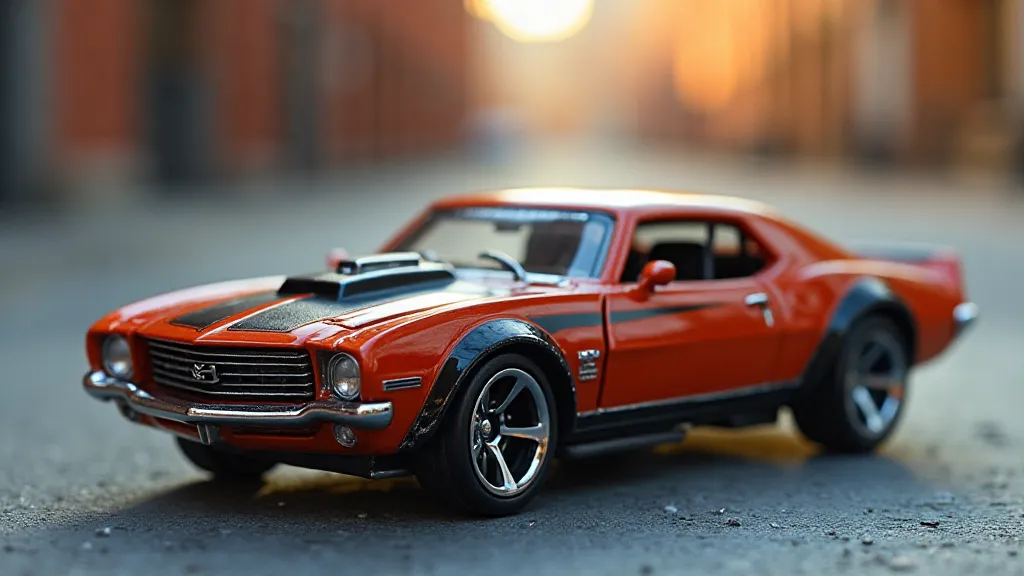
The Enduring Appeal of Vintage Model Cars
Collecting vintage model cars is more than just acquiring possessions; it's a journey into automotive history, a celebration of design, and a connection to a simpler era. The nostalgia evoked by these miniature masterpieces, combined with the thrill of the hunt and the potential for investment, makes it a rewarding and captivating hobby. As long as classic cars and the memories they evoke continue to resonate, the world of vintage model car collecting will thrive, offering endless opportunities for discovery and enjoyment.
